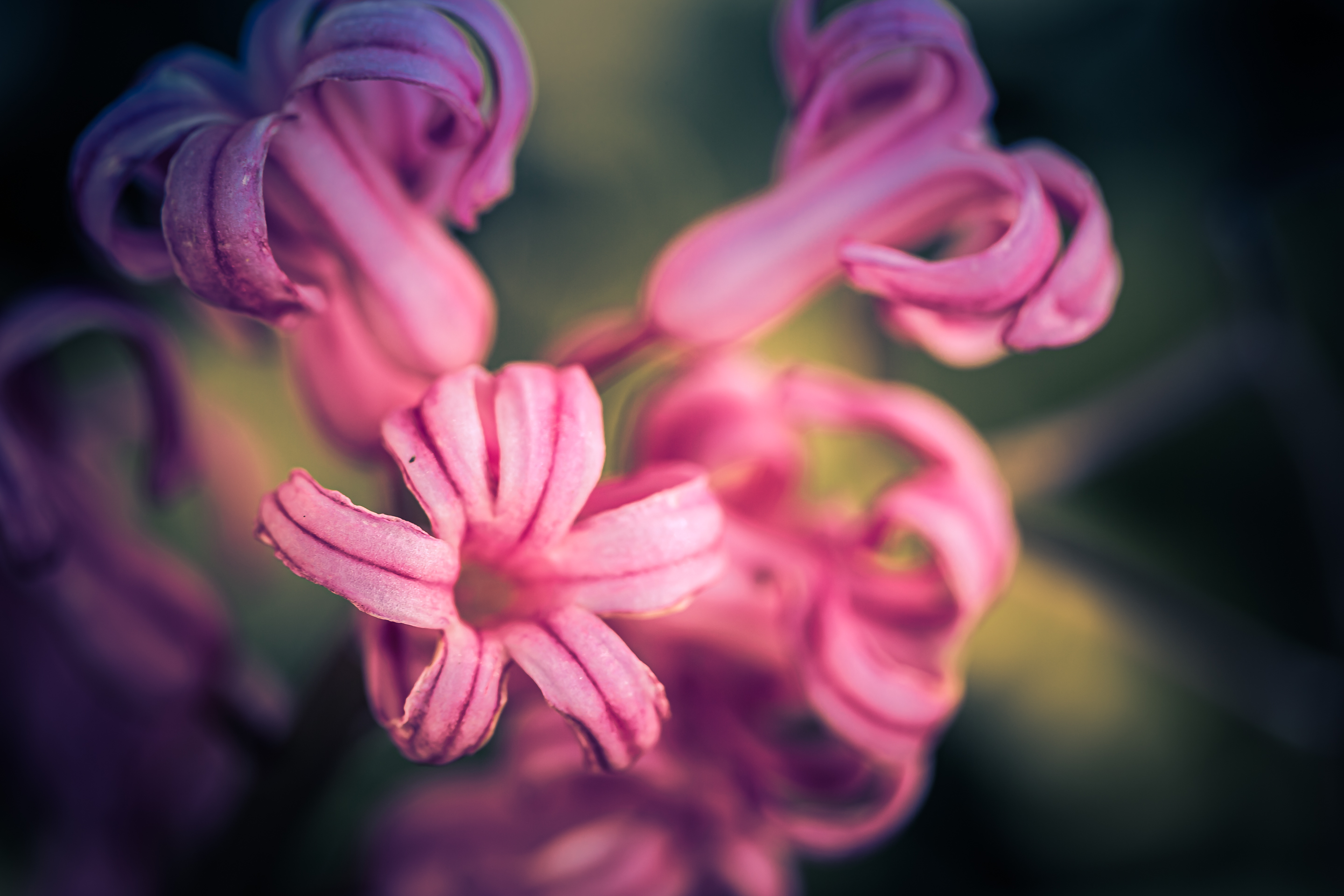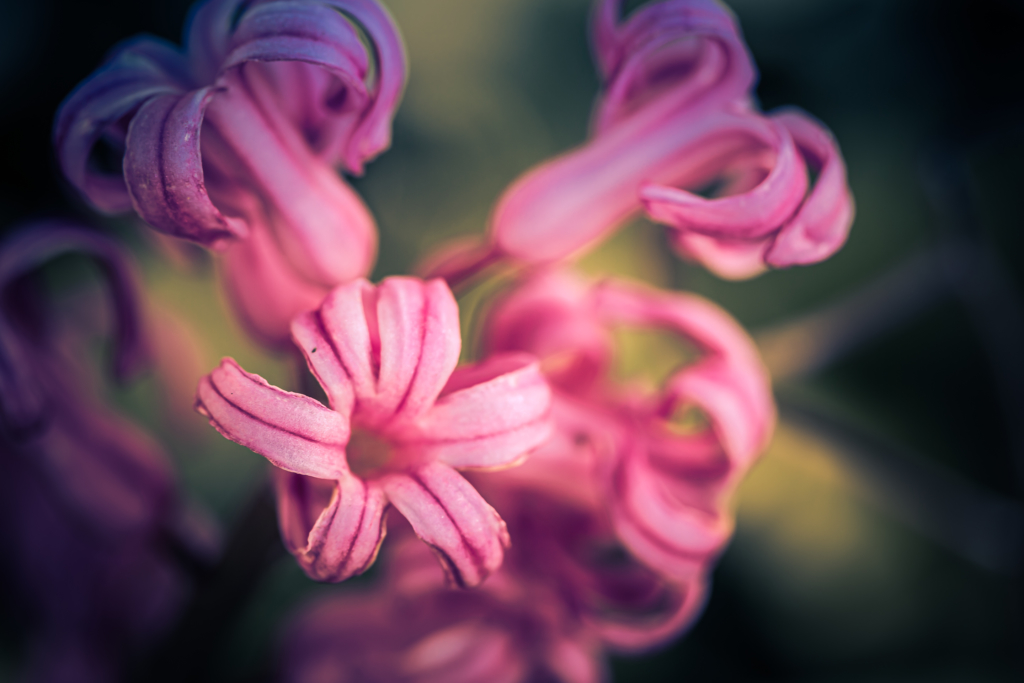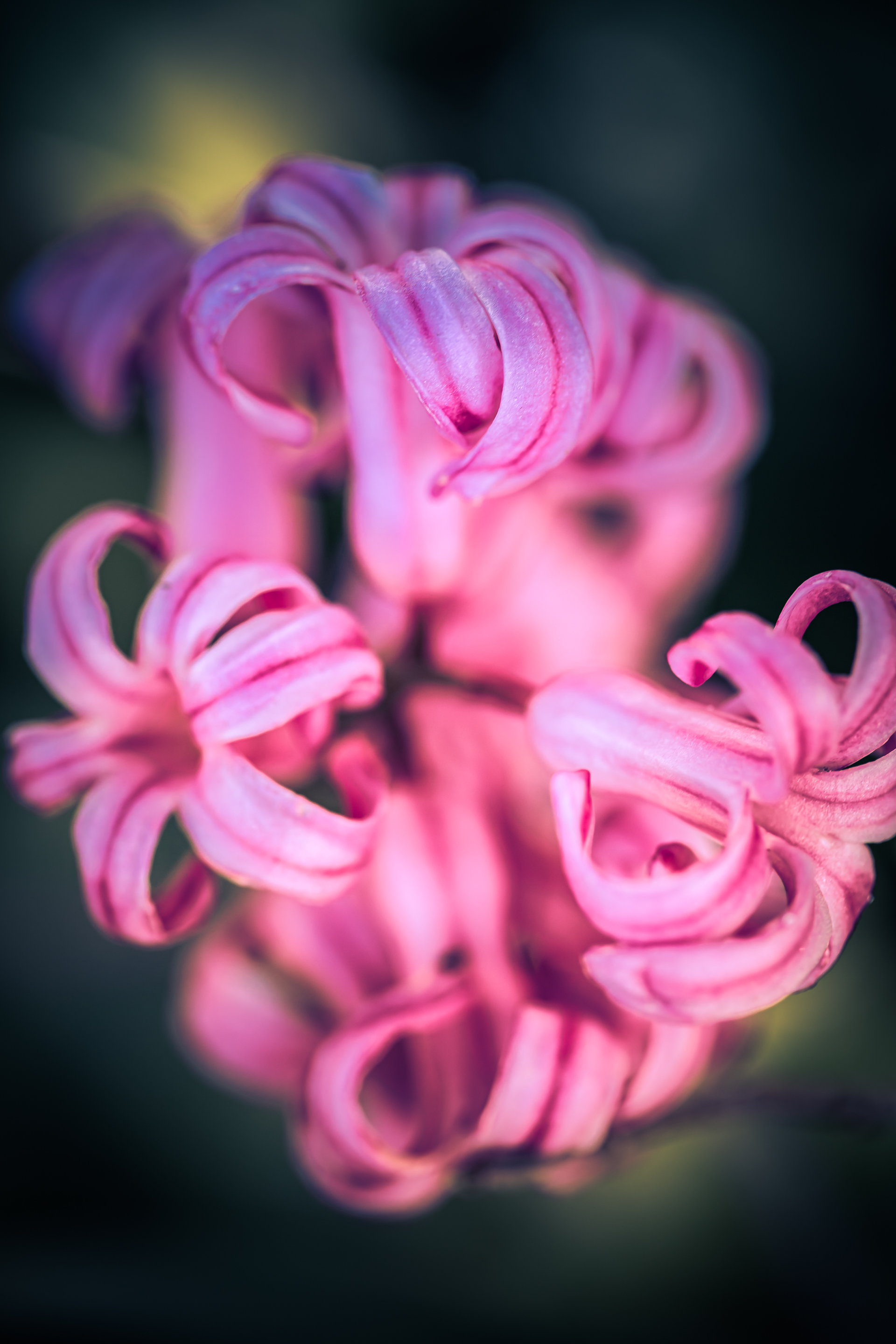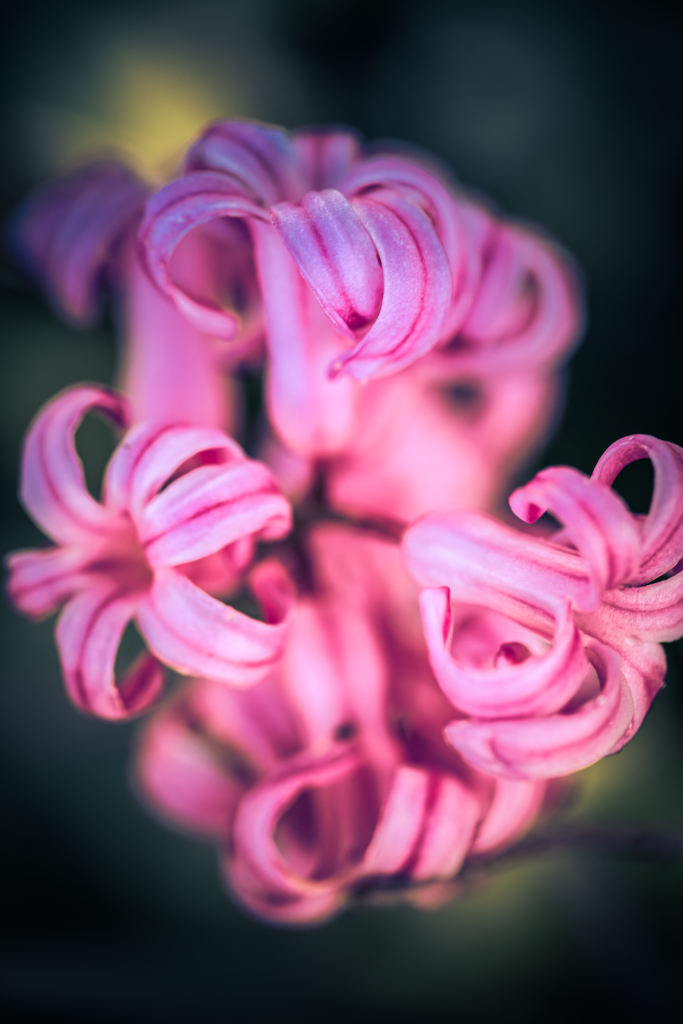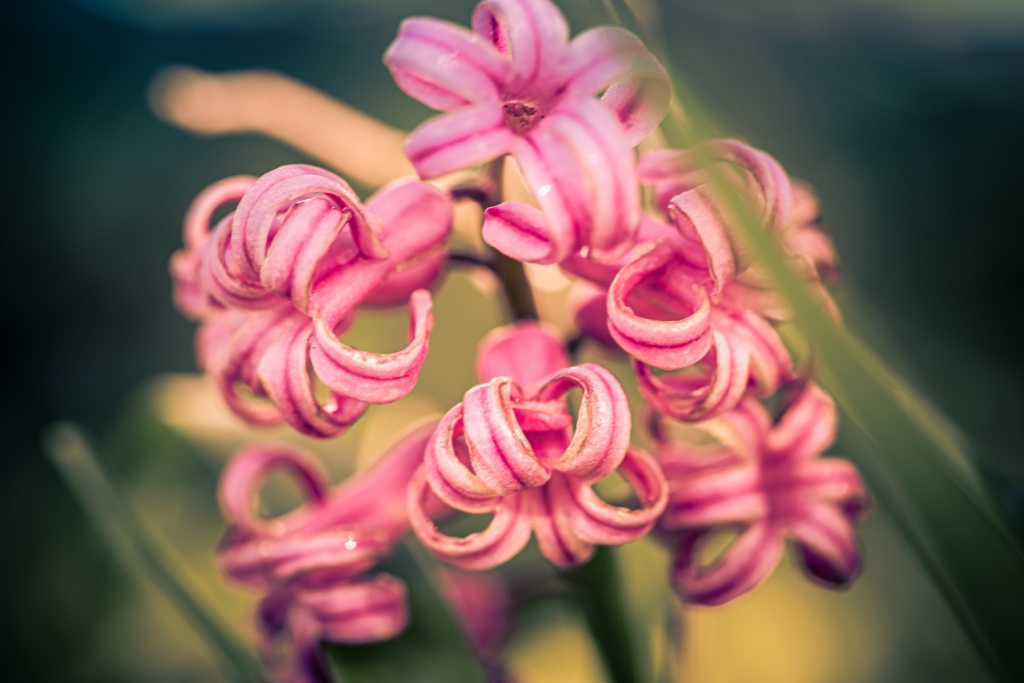
No one needs me to explain how COVID-19 has left us homebound and siloed throughout much of 2020. Whether in isolation like me or hunkered down others, we’re riding things out void of the communal comings and goings we took for granted. Who would have thought sitting in cafe sipping on a fresh cuppa would no longer be a thing? Yet here we are. Chastened and changed, and I sincerely hope for the better.
All this time home has brought with it both new and familiar things. Each appreciated in their own special way. The principle return to past glory is coming in the form of macro photography. I’ve discussed here before how formative macro photography was to learning The Way of the Camera back in 2012. I unloaded thousands—tens of thousands of exposures on the plants and flowers hanging about my yard. Sure hope they signed those consent forms. Anyway…
All this time at the 2020 homestead is reconnecting me to my roots and my local plot of earth. I’ve lived in this home since July 1993 (bought it off my parents in 2009), and I am back exploring every inch of the property. If for no other reason than my own sanity. I use the term property loosely as it’s not a big yard by any stretch. Yet my parents being the hobbyist green thumb enthusiasts they are had this place teeming with extensive flora exquisitely maintained. I let it go over the years (understatement), but this year, banked by Covid time, I’ve been putting in work about the place. Setting to rights a decade of neglect. It’s still unworthy of its prime, but it’s no longer an unmitigated disaster and that is something!
With the cleanup has come better conditions for flower and plant life to thrive. Giving me ample opportunity to make beautiful photos without having to break any kind of social distance mores. Insert win-win corporate jargon complete with stilted laughter here. It’s been years since I have spent this kind of time with my trusted macro lens. The 100 millimeters that have been there with me since the beginning. This old friend helped see me out of a heinous depression, and I will never forget how she’s here for me once again in my time of isolation. Thanks so much for teaching me patience, peace of mind, and self-reliance. And of course the ultimate thanks for gifting me a passion that keeps on exploring.
Yet I cannot wait for my first real chase of a smoldering sunset out on the marsh. In its own way that, too, will be a trip home again.
Interested in buying? Purchase

